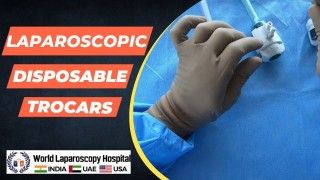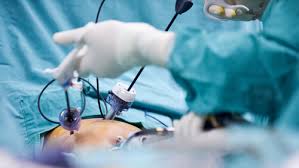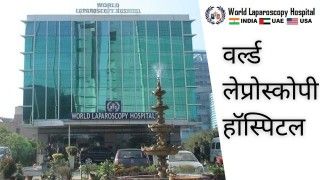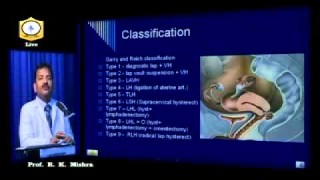Laparoscopic Ovarian Drilling for Polycystic Ovary Syndrome (PCOS)
Add to
Share
287 views
Report
2 months ago
Description
Polycystic Ovary Syndrome (PCOS) is a common endocrine disorder affecting women of reproductive age, characterized by irregular menstrual cycles, hyperandrogenism (excess male hormones), and polycystic ovaries. One of the complications of PCOS is anovulation, which can lead to infertility. When medical treatments such as ovulation induction with medications like clomiphene citrate or letrozole fail, laparoscopic ovarian drilling (LOD) becomes a minimally invasive surgical option. What is Laparoscopic Ovarian Drilling? Laparoscopic ovarian drilling is a surgical procedure performed using a laparoscope, a thin tube with a camera, inserted through small abdominal incisions. The procedure involves creating tiny punctures in the ovaries using laser or electrocautery to destroy small areas of ovarian tissue. This can reduce the production of androgens and restore normal hormonal balance. Indications for Laparoscopic Ovarian Drilling LOD is typically considered for women with PCOS who: Have clomiphene-resistant anovulation (do not ovulate with standard medications). Prefer to avoid long-term use of medications. Require surgical intervention due to other gynecological reasons (e.g., ovarian cysts). How Laparoscopic Ovarian Drilling Works The procedure is usually performed under general anesthesia. Small incisions are made in the abdomen to insert the laparoscope and surgical instruments. Using electrocautery or laser, 3-10 punctures are made in each ovary. These punctures destroy small portions of ovarian tissue producing androgens. The procedure is typically completed within 30-60 minutes, and patients may go home the same day or after an overnight stay. Benefits of Laparoscopic Ovarian Drilling Restores ovulation: Many women ovulate spontaneously within 1-3 months after the procedure. Reduces androgen levels: Helps improve symptoms like hirsutism (excess hair) and acne. Minimally invasive: Small incisions mean faster recovery and minimal scarring. May reduce the need for fertility drugs: In some cases, women can conceive without further medication. Risks and Considerations Although LOD is generally safe, potential risks include: Postoperative pain and discomfort at incision sites. Ovarian adhesions (scar tissue), which could affect future fertility. Rare complications: Infection, bleeding, or damage to nearby organs. It is important to select patients carefully and ensure that LOD is performed by an experienced laparoscopic surgeon. Recovery After the Procedure Most women resume normal activities within a few days. Ovulation may resume within 2-3 months, and fertility specialists may monitor cycles with ultrasounds and hormone tests. Lifestyle modifications, such as weight management and diet, are often recommended alongside LOD to improve outcomes. Conclusion Laparoscopic ovarian drilling is an effective and safe surgical option for women with PCOS who are resistant to conventional ovulation-inducing medications. By targeting ovarian androgen production and restoring normal ovulation, LOD can significantly improve fertility outcomes while being minimally invasive. Consultation with a skilled gynecologist or reproductive endocrinologist is crucial to determine whether this procedure is appropriate for individual patients.
Similar Videos






